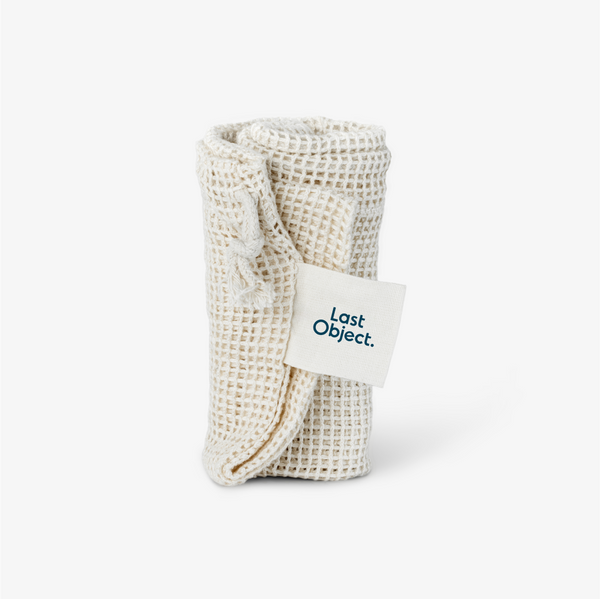The Art of Furoshiki
toukokuu 04, 2022A Gift Wrapping Tradition from Ancient Japan
Furoshiki is a gift wrapping method that makes the package as beautiful on the outside as the gift on the inside. It’s the perfect way to make your gift wrapping eco-friendly and more sustainable.
It started as a Japanese tradition over 1200 years ago. The word translates to bath (furo) and spread (shiki). Public baths have been a part of Japanese culture for centuries. When visiting bathhouses, the visitors wrapped the kimonos and other belongings in the cloth, often adorned with the family crest. While dressing and undressing, the guests stood on top of the fabric, which gave it the translation “bath spread”. Furoshiki later became popular when carrying other things, such as books, clothes, and gifts.
Today it’s a popular way of sustainably wrapping gifts, and it has spread from Japan across the world. The method is as simple as it is brilliant. A single piece of fabric is carefully wrapped around the object, and after the unfolding, it can be reused in as many ways as your imagination allows. You can carry your lunch box, create a practical grocery bag, hang it as a wall tapestry, wear it as a scarf, or save it to use for future gifts.

Lemon Club Studio - Mastering the Art of Wrapping
One fellow Scandinavian that has mastered this art form is Lemon Club Studio, a textile wrapping & design studio focusing on sustainability, craftsmanship, and aesthetics. The pieces are made with hand and heart in the local studio in Denmark, and each element of the process is carefully chosen with people and the planet in mind. The studio was born in Copenhagen, not far from where our founders created LastObject, and both companies share a similar background and a mission to change the world into a better place for our children and us.
Nicole at Lemon Club Studio tells us that “The textile wrapping is inspired by the ancient Japanese tradition Furoshiki. The name Furoshiki refers both to the wrapping cloth itself and the many different wrapping techniques. Furoshiki can be used for wrapping, storing, and transporting various objects, and it is so beautiful in its expression that it has almost become an art form. The art of furoshiki.”
Three Easy Steps to Make Your First Furoshiki
While crafting gifts as skillfully as Nicole can in take some practice, it is not something that needs to be perfect to be beautiful. The fact that it is kind to the environment makes any furoshiki a masterpiece in our eyes. However, if you want to get started, here are some tips inspired by Lemon Club Studio’s process.
Find a Piece of Fabric
Getting started is not difficult, and although you can find fancy-looking, custom printed pieces of fabric especially made for furoshiki, you can use any type of fabric you can find at home. Old curtains, table cloths, and even pieces of clothes are perfect for upcycling into your next furoshiki gift. If you want to take it a step further, you can color the fabric with natural and chemical-free clothes dye. If you can’t find anything at home, visit your local thrift shop and buy a scarf with an interesting pattern or history.
Find an Object to Wrap
Any product can be wrapped with this method. It’s easiest to start with boxes or square-shaped items, like books. Wine bottles are also beautiful to give wrapped in a beautiful sleeve.

Learn the Basics
For a simple technique with a box, fold the cloth diagonally. Place the object on top, with the long side against the flat egde. Carefully roll the box until the fabric is entirely wrapped. Take the ends on each side and tie on top. And voila – you have just made your first fruoshiki.
Another technique is called Otsukai Tsutsumi., also known as the every day wrap. Place the object in the middle of the furoshiki at 45 degree angle. Take one corner, cover the object, and tuck it underneath. Take the opposite corner and tuck on the other side. Hold the object steady while you pull up the ends and tie them in a knot. If you want, you can also twist the ends around each other.

If you are more of a visual learner, we recommend you to take a look at @lemonclubstudio Instagram for some great video instructions.
All images are taken by Lemon Club Studio, @lemonclubstudio
MORE LastObject News ARTICLES View all ›
Ready to make
the switch?
- Powerful Cleaning
- Dissolves Easily
- Skin-Friendly
- Eco-Friendly
- No Mess














